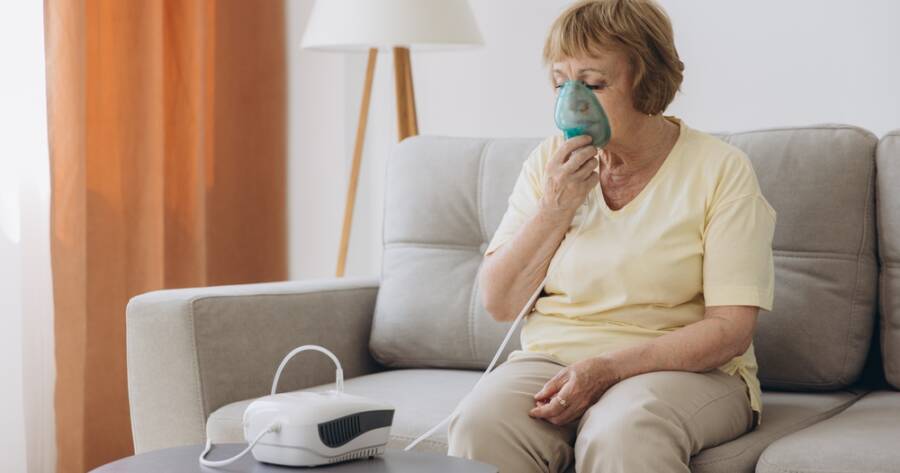Navigating Medicare coverage for oxygen concentrators is crucial for individuals with respiratory conditions who rely on oxygen therapy. To qualify for coverage, patients must meet specific medical criteria, including undergoing required clinical tests such as arterial blood gas analysis and oximetry. Additionally, working with Medicare-approved Durable Medical Equipment (DME) suppliers ensures that claims are processed correctly, preventing unnecessary expenses. Coverage involves rental agreements with defined terms, and restrictions apply based on medical necessity.
Eligibility for Medicare-Covered Oxygen Concentrators
Oxygen concentrators are vital medical devices for individuals with chronic respiratory illnesses. To receive Medicare coverage, patients must meet specific medical requirements that justify the need for oxygen therapy. Coverage is primarily for those whose oxygen levels are insufficient, as determined by a healthcare provider. Medicare focuses on patients who demonstrate a clear medical necessity, ensuring that only those who benefit from oxygen therapy receive assistance.
Testing and Documentation Requirements
To qualify for Medicare-covered oxygen therapy, patients must undergo clinical testing to determine their oxygen levels. The most commonly required tests include:
- Arterial Blood Gas (ABG) Analysis – Measures oxygen levels in the blood.
- Pulse Oximetry – Evaluates oxygen saturation during rest or activity.
Medicare has specific thresholds for approval. For example:
- A partial pressure of oxygen (PO2) level of 55 mm Hg or lower may qualify a patient for coverage.
- Oxygen saturation levels at or below 88%, whether at rest or during exertion, may also meet eligibility requirements.
Proper documentation of these test results is necessary to support a Medicare claim and ensure a smooth approval process.
Working with Medicare-Approved DME Suppliers
For Medicare to cover oxygen concentrator costs, patients must ensure that both their prescribing doctor and DME supplier are enrolled in Medicare. Coordination between these providers is essential for claim approvals and cost minimization. Medicare Part B covers the rental of home oxygen equipment, allowing patients to receive devices prescribed by Medicare-approved healthcare providers. This alignment ensures uninterrupted access to oxygen therapy and prevents unexpected out-of-pocket expenses.
Rental Agreements and Contract Terms
Medicare’s oxygen equipment coverage follows a structured rental plan, typically spanning five years:
- First 36 months – Medicare covers rental costs, ensuring patients receive necessary oxygen therapy.
- Remaining 24 months – The supplier continues providing oxygen equipment without additional rental fees.
During this period, patients may be responsible for maintenance costs and accessories as outlined in their contract. After five years, if oxygen therapy is still required, patients have the option to renew their agreement with the same supplier or switch to a new one.
Medicare’s Coverage Limitations
Medicare coverage is not available for all conditions. Some conditions are excluded from eligibility, including:
- Angina pectoris (chest pain due to heart disease) – Oxygen therapy is not considered medically necessary.
- Shortness of breath without documented hypoxemia – Patients must have low blood oxygen levels for approval.
- Severe peripheral vascular disease – Since this condition affects circulation rather than lung function, Medicare does not cover oxygen therapy in these cases.
These limitations help ensure that Medicare resources are used effectively for individuals with a clear medical need.
Options After Coverage Ends
Once the initial five-year contract period ends, patients can choose to:
- Continue with their current supplier if satisfied with their equipment and service.
- Switch to a new supplier if they prefer different terms or need updated equipment.
Medicare guidelines allow a smooth transition to prevent interruptions in oxygen therapy. Patients should stay informed about their options to ensure continued access to necessary treatment.
Why Understanding Medicare Oxygen Coverage Is Important
Understanding Medicare’s requirements for oxygen concentrators is key to avoiding unexpected costs and coverage gaps. By familiarizing themselves with eligibility criteria, required tests, and contract terms, patients and their families can reduce stress and make better healthcare decisions.
Consulting a Medicare advisor or healthcare provider can provide additional clarity on coverage details and ensure that individuals receive the support they need. Staying informed empowers patients to navigate the Medicare system effectively, securing access to essential oxygen therapy without unnecessary financial strain.





